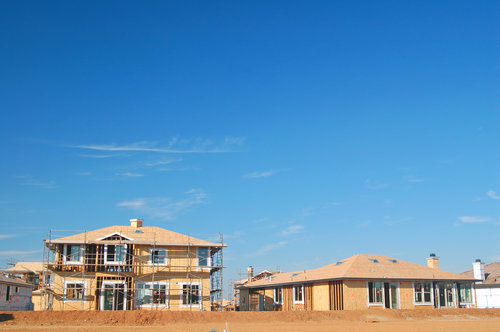The latest new home sales report is out, but what details of that report should you keep in mind for your business?
The latest Census Bureau report on new construction dropped this morning, and it concerns the home sale marketplace for newly built single-family homes.
There are many implications behind that deceptively simple report, and below, we’ve collected the five important stats that you should keep in mind:
1. Bear Down – First things first, this was not a very happy report, despite this being the season to be merry. At a seasonally adjusted annual rate of 438,000, new home sales in November were down 1.6 percent on both year-over-year and monthly measurements.
2. Lame Expectations & Revisions – Additionally, new home sales in November were below analyst expectations of 460,000, and the Census Bureau revised October’s sales down by 2.8 percent (had those numbers not been revised down, November would have represented an even bigger decline).
3. Expenses Continue to Accrue – The median sales price for new homes was $280,900 in November, and the average sales price was $321,800; though the average price is fairly consistent with where prices were at the beginning of the year, the median price is up a whopping 8 percent, further underlining how expensive new homes have become in the post-boom marketplace.
4. Supply is Up! – We realize this has been a pretty depressing article, thus far, so here’s something to brighten your spirits: at a 5.8-months supply, new home inventory is up 15 percent year-over-year.
5. Considerable Room for Improvement – Finally, we should continue to keep in mind that there remains overwhelming room for improvement in the new home sales marketplace, and all we have to do is look at the existing-to-new home sales ratio for proof. In a typical housing market, there are six existing-home sales for every new home sale; in today’s market, though, there are 11 existing-home sales for every new home sale, showing how out of whack the market remains.
Until that ratio balances out, housing will not truly recover, and we’ll continue to monitor the ratio as things progress.

